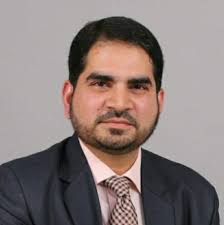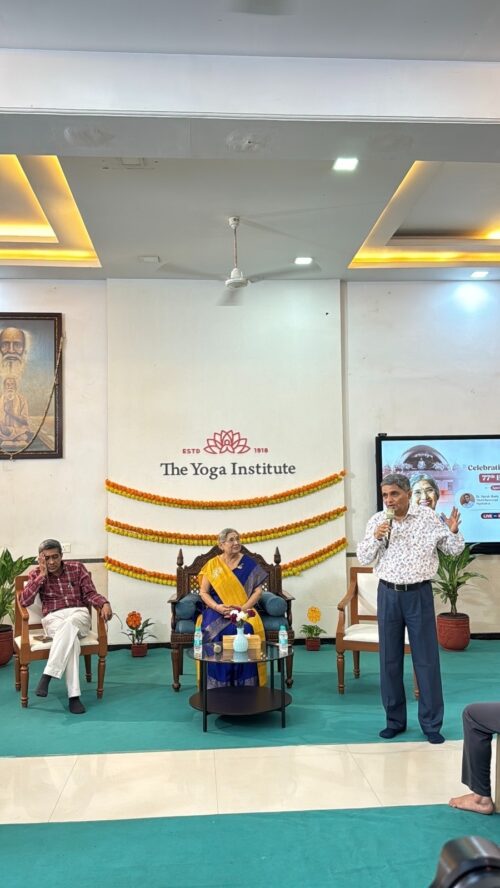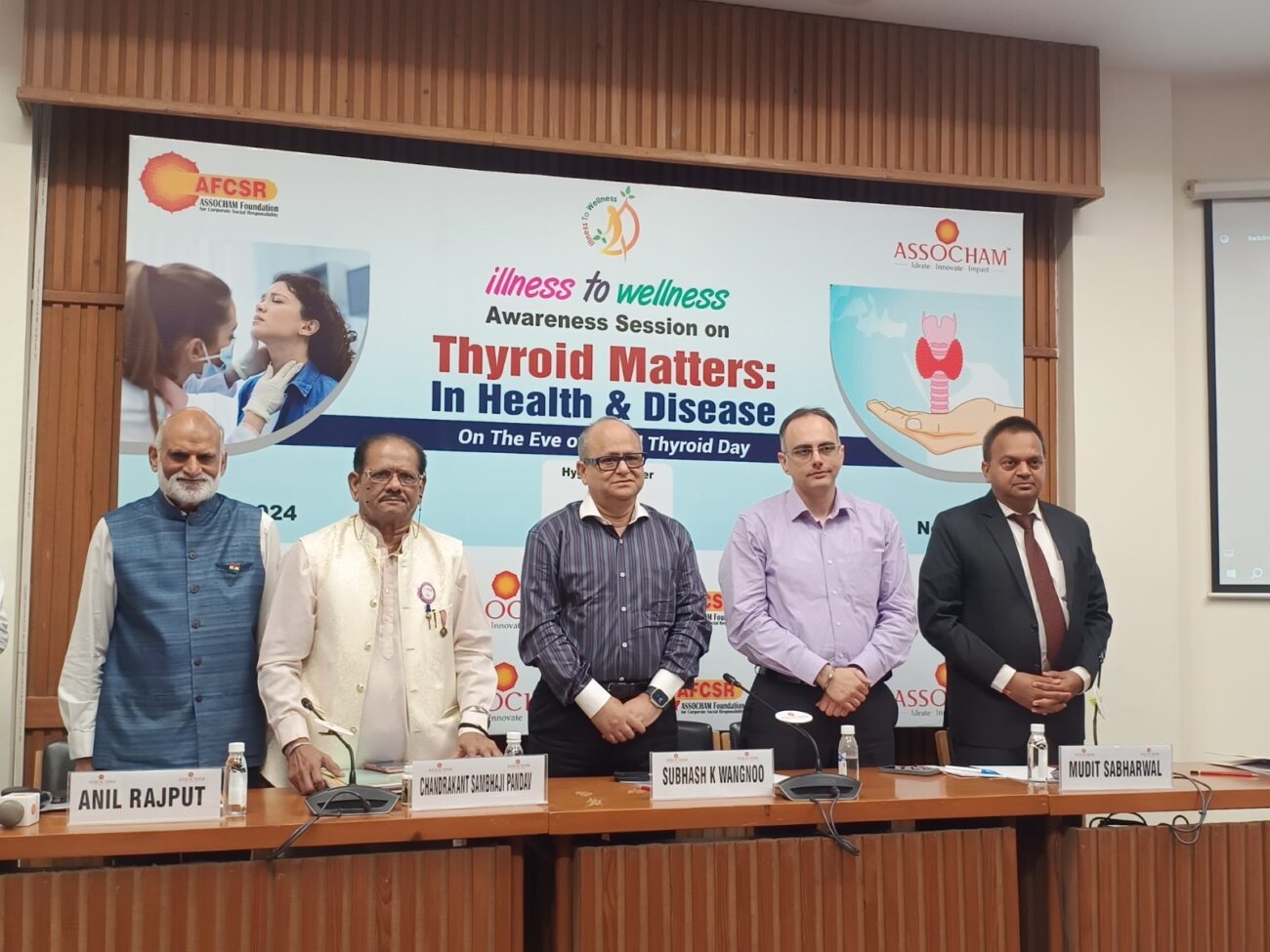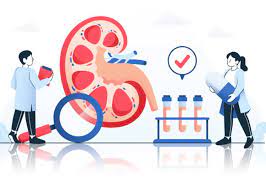Management of Diabetes in fast-paced urban life
~ Authored by Dr Anil Bhoraskar, Senior Diabetologist, SL Raheja Hospital, Mahim & Secretary, Diabetic Association of India (Scientific Section) ~ The management of Diabetes has changed considerably over the past ten years. This is largely

~ Authored by Dr Anil Bhoraskar, Senior Diabetologist, SL Raheja Hospital, Mahim & Secretary, Diabetic Association of India (Scientific Section) ~
The management of Diabetes has changed considerably over the past ten years. This is largely due to the discovery of many new physiological processes and inventions of novel molecules which have revolutionized diabetic care. Diabetes is a disease primarily caused by the three factors:
Pancreatic cells not producing adequate insulin
Insulin not reaching liver timely
Acting on the metabolized carbohydrates and dispersing them in muscles and fats
Nowadays, many other factors are found to cause Diabetes and its related complications. In medical terminology, it is known as the ‘dirty dozen’; these can be intervened at 12 stages. Excellent injectable drugs such as GLP 1 (Glucagon-Like Peptide) agonist are now available in the market. But these are known to get destroyed by enzymes such as DPP 4. However, when the enzyme is inhibited, it stimulates and increases the action of GLP 1. Hence, many DPP 4 enzyme inhibitors are available that can be easily consumed through the mouth. They act at various crucial levels to enhance the action of endogenous Insulin, making it more efficient. This is an excellent step in managing Diabetes and bettering public health.
Insulin can be utilized in two ways,
Produce more Insulin by stimulating the Beta cells
Make the body’s Insulin more effective, there are many drugs in the market which serve the purpose
MODERN TREATMENT OF DIABETES:
SGLT1/2 inhibitors – Diabetes Mellitus loosely translates to ‘melting away’ where the body is overflowing with sugar that melts into your urine; thus, producing a lot of Glycosuria. There are drugs in the market to prevent glucose reabsorption into the Kidneys or slow it down. That way, a person loses almost 180 gm of Glucose in a day, and the symptoms of Diabetes become the treatment. This is the reasoning behind the new form of therapy known as SGLT1/2 inhibitors. These have come into play where they make you excrete more urine and lose excess water. It can also cause a drop in systolic blood pressure and weight loss. This product is popular with Diabetologists and Cardiologists, and those managing Hypertension because of its benefits.
There is no uniform guideline for Diabetes treatment. No two diabetic individuals are the same. There’s an old saying which goes, “One man’s medicine is another man’s poison”.
Continuous Glucose Monitoring System (CGMS) in real-time – With the introduction of CGMS, we can adjust the dose of night Insulin (many patients tend to go into a hypoglycemic stage leading to cardiac arrest in the middle of the night). Time in the Range (TIR) is a concept that checks how many hours a day is the blood sugar level between 120 to 180. Ideally, the sugar level should be between 120 to 180, 20 hours a day, i.e., almost 85 to 90%. The moment it goes down, you can manipulate your Insulin dosage based on the readings from CGMS – a modern concept of monitoring blood sugar. In this case, you don’t have to prick yourself multiple times to check the numbers.
A combination of Basal-Bolus (short and long or ultra-long acting) Insulin makes the TIR almost 80%. It delays the complications mainly related to Kidneys, Heart, and Peripheral Vascular Diseases. This modern treatment should be taken from an expert in the field who can guide the patient on every step.
Prandial regulation – The long-term control target is glycol stimulated hemoglobin, solely dependent on post-prandial blood sugar. An Indian phenotype is a typical thin-fat person. This indicates a BMI of 20, a waist circumference of more than 70 cm. Every Indian though not of a big built like Caucasians, are thin, but their total fat gets accumulated around the waist.
Abdominal Obesity is a primary risk factor, where it is all white fat with no Mitochondria, dead weight. It leads to the condition of the Fatty Liver, causing Insulin Resistance. A typical Indian phenotype is an Insulin-resistant person. Hence, the most important thing is to control post-prandial blood glucose.
LIFESTYLE CHANGES: We must change our eating habits. By and large, the Indian diet is carbo-centric cheap, traditional, and readily available.
If one takes a decent breakfast with 40% proteins (Egg white, Milk, dairy products, sprouts, cottage cheese, lentils), have soup & salads, and minimum carbohydrates for lunch, dinner – it will go a long way in maintaining health. Rice, Chapati is unhealthy because the post-prandial surge is mainly due to carbohydrates
Include more leafy vegetables, decrease the intake of potatoes, oil consumption (not more than two teaspoonfuls of rice bran oil a day) in your diet
Don’t cook ghee and coconut oil; you can use it as garnish. The reason is, when these fats come in contact with oxygen, they get oxidized, which is highly carcinogenic and acidogenic
People should be encouraged to do physical activities.
Start with aerobic exercises (brisk walking, cycling, running) for 10 to 15 minutes a day, increase the time to 45 minutes slowly
Do daily household chores






